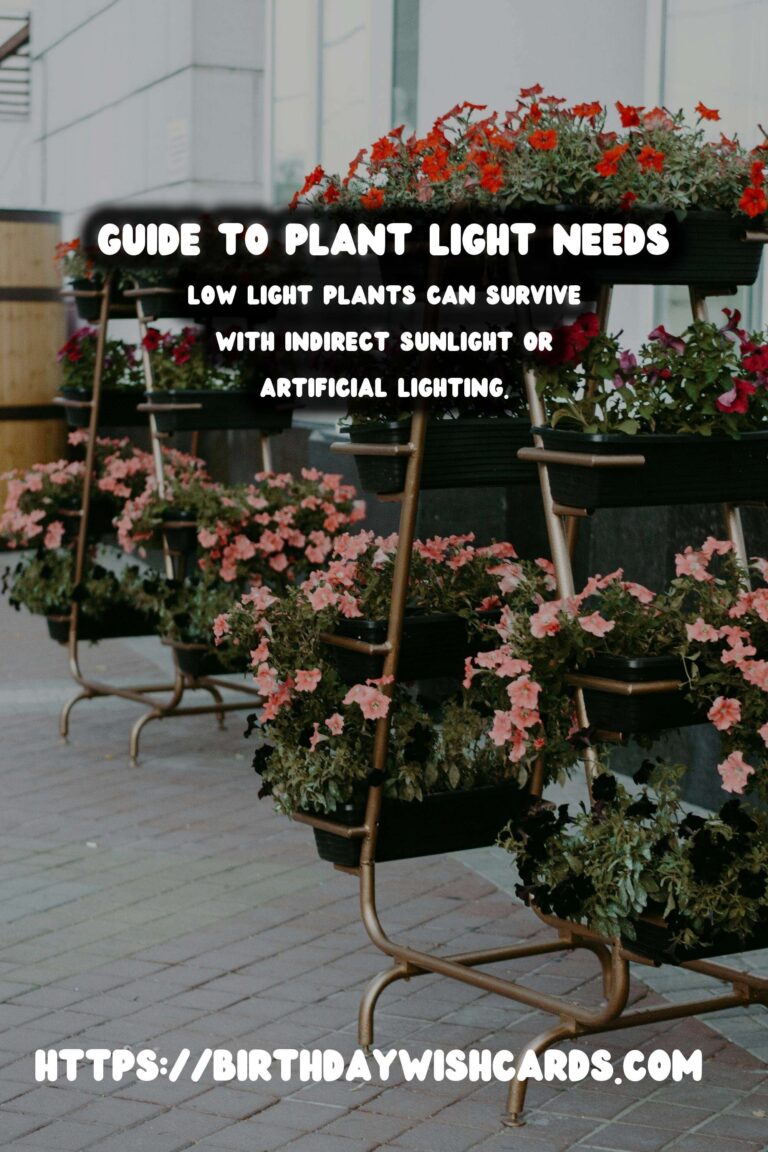
Plants, like all living organisms, have specific needs for their growth and survival. Among these needs, light is one of the most crucial factors. Understanding the light requirements of plants from full sun to low light is essential for successful gardening and plant care.
Importance of Light for Plants
Light plays a vital role in photosynthesis, the process by which plants convert light energy into chemical energy to fuel their growth. Without adequate light, plants cannot produce the energy they need, resulting in stunted growth or even death.
Full Sun Plants
Full sun plants thrive in environments where they receive at least six to eight hours of direct sunlight per day. These plants are usually found in open fields or areas with little to no shade. Examples include sunflowers, lavender, and most vegetable crops like tomatoes and peppers. Proper placement in your garden is crucial to ensure these plants receive the necessary light.
Partial Sun and Partial Shade Plants
Partial sun and partial shade plants require a balance of light and shade. Partial sun plants need around four to six hours of direct sunlight, while partial shade plants prefer less intense sunlight or filtered light, typically in the morning or late afternoon. Common plants in this category include hydrangeas and impatiens.
Low Light Plants
Low light plants are adaptable to areas with limited natural light. These plants can survive in conditions with indirect sunlight or artificial lighting. Popular low light plants include snake plants, pothos, and certain ferns. These are perfect for indoor settings where natural light is minimal.
Assessing Light Levels
To determine the light levels in your space, observe the sun’s path and note the duration and intensity of sunlight in different areas throughout the day. You can also use a light meter for precise measurements. This assessment will help you choose the right plants for each location.
Tips for Adjusting Plant Light Needs
If a plant is not thriving in its current location, consider adjusting its position to better suit its light requirements. For full sun plants, ensure they are not shaded by taller plants or structures. For low light plants, supplement with grow lights if natural light is insufficient. Regularly monitor your plants for signs of light stress, such as yellowing leaves or leggy growth, and adjust accordingly.
The Role of Artificial Lighting
In environments where natural light is limited, artificial lighting can be a viable solution. LED grow lights are energy-efficient and can be tailored to provide the specific light spectrum needed for plant growth. Position these lights at the appropriate distance from the plants to avoid overheating or insufficient light exposure.
In conclusion, understanding plant light needs is fundamental to successful plant care. By knowing whether your plants require full sun, partial sun, or low light, you can ensure they receive the appropriate amount of light, promoting healthy growth and a thriving garden.
Light is one of the most crucial factors for plant growth and survival. Full sun plants require at least six to eight hours of direct sunlight per day. Partial sun and partial shade plants need a balance of light and shade. Low light plants can survive with indirect sunlight or artificial lighting. Assessing light levels helps choose the right plants for each location. Artificial lighting can supplement natural light in limited environments. 
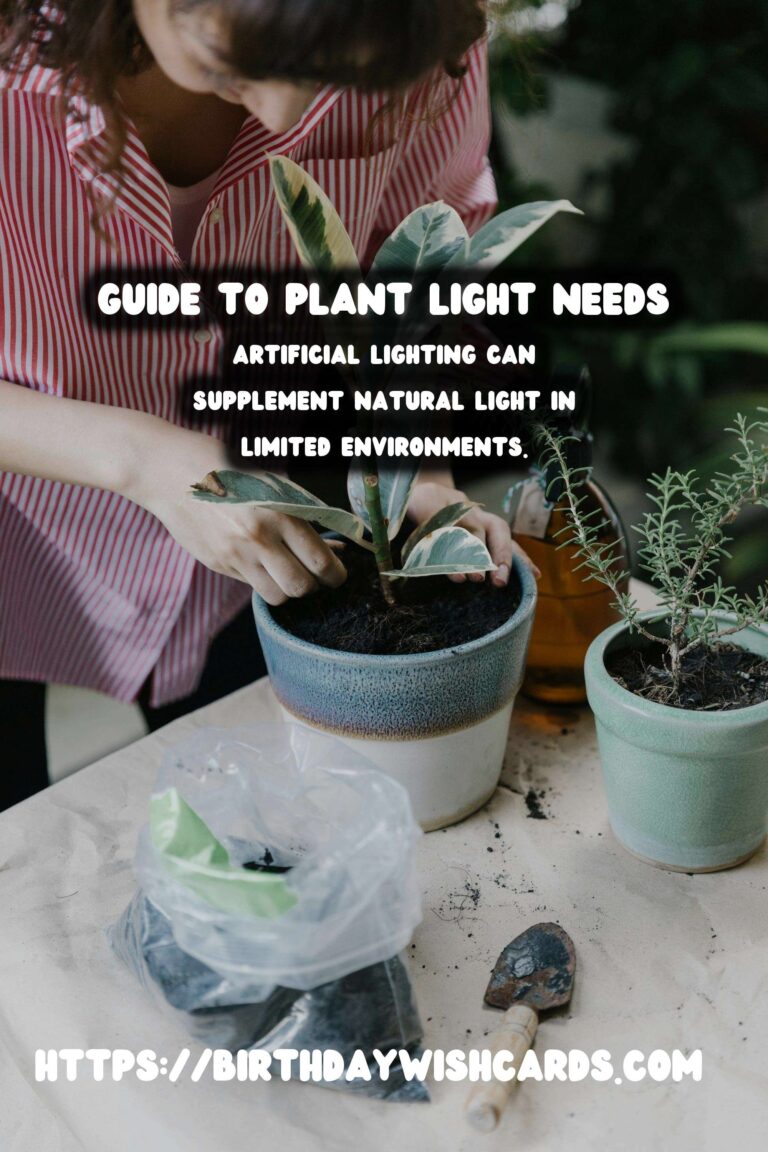
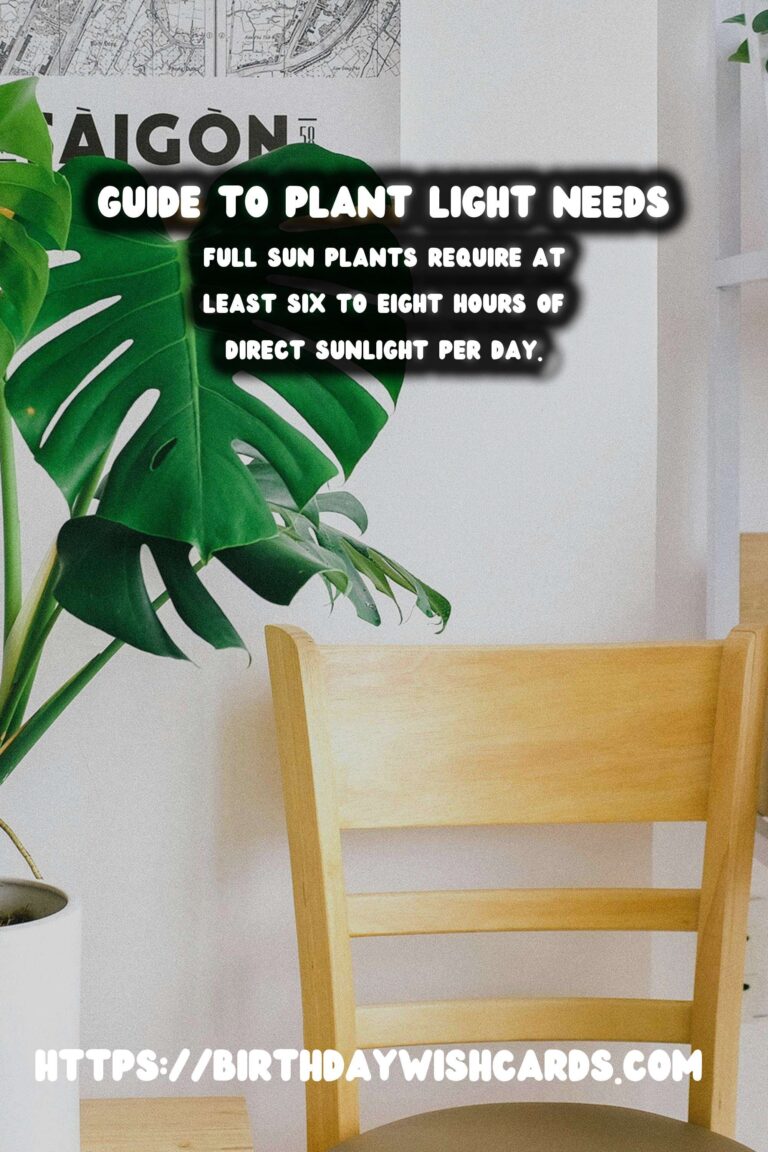
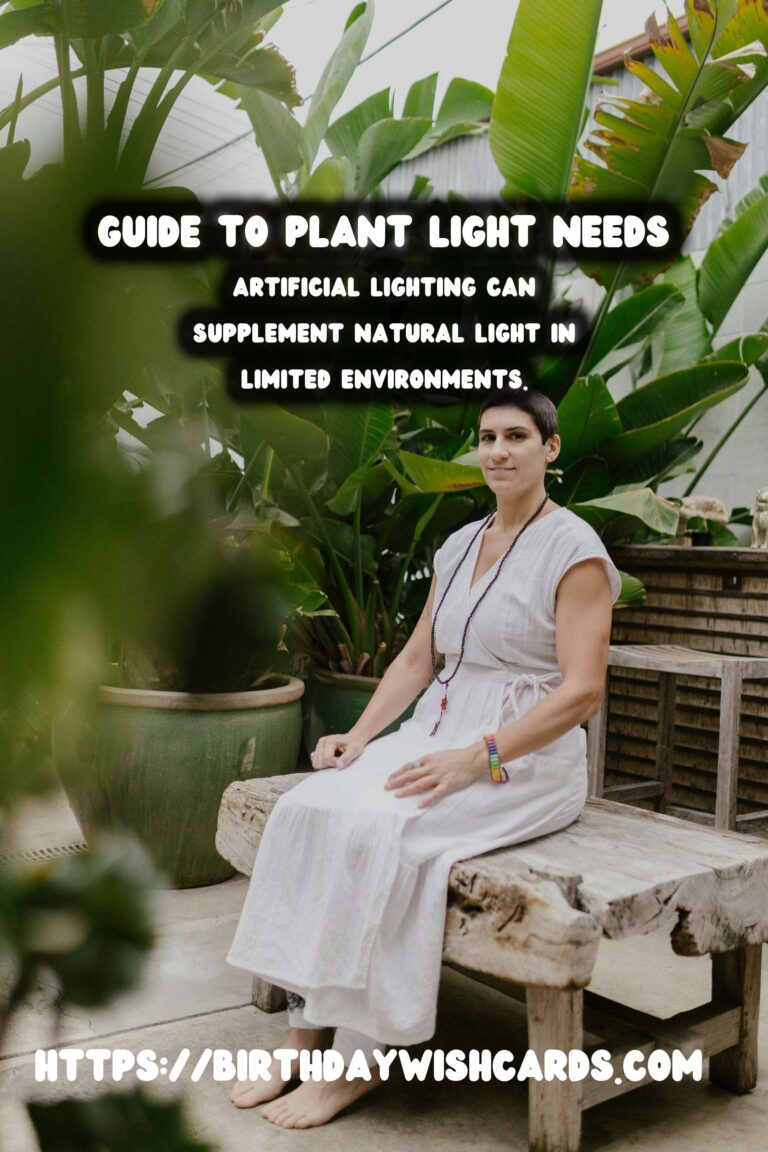
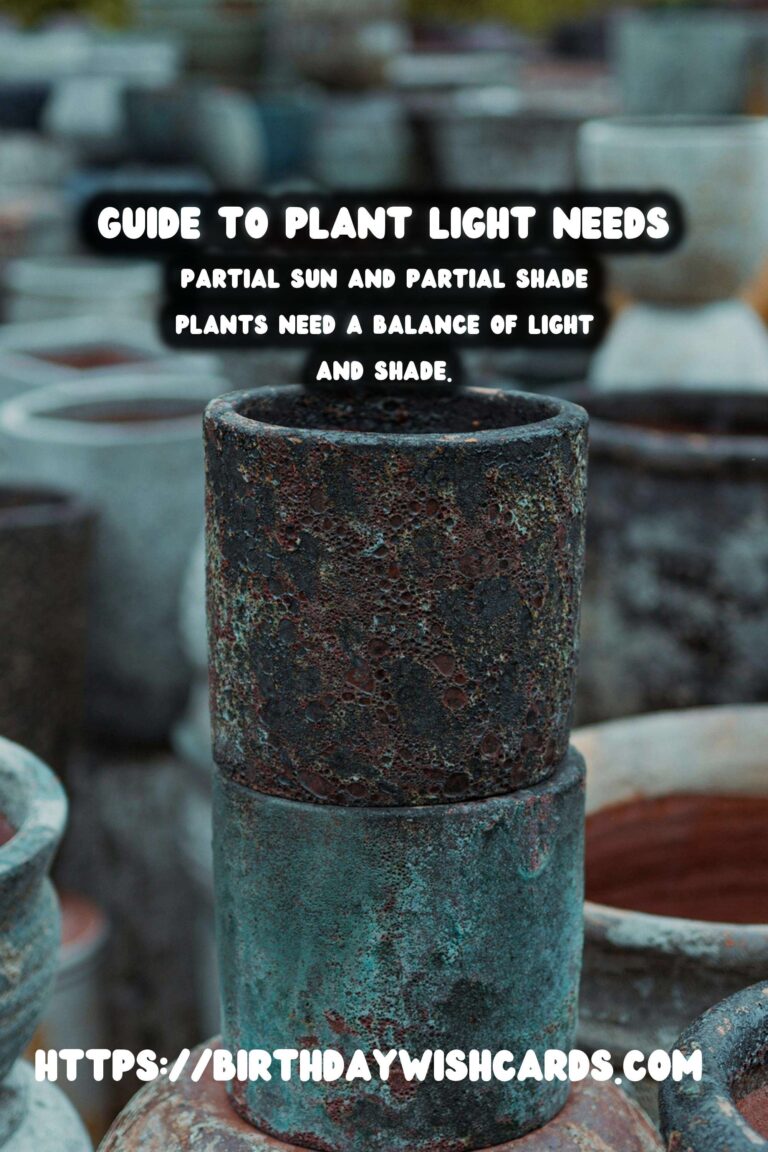
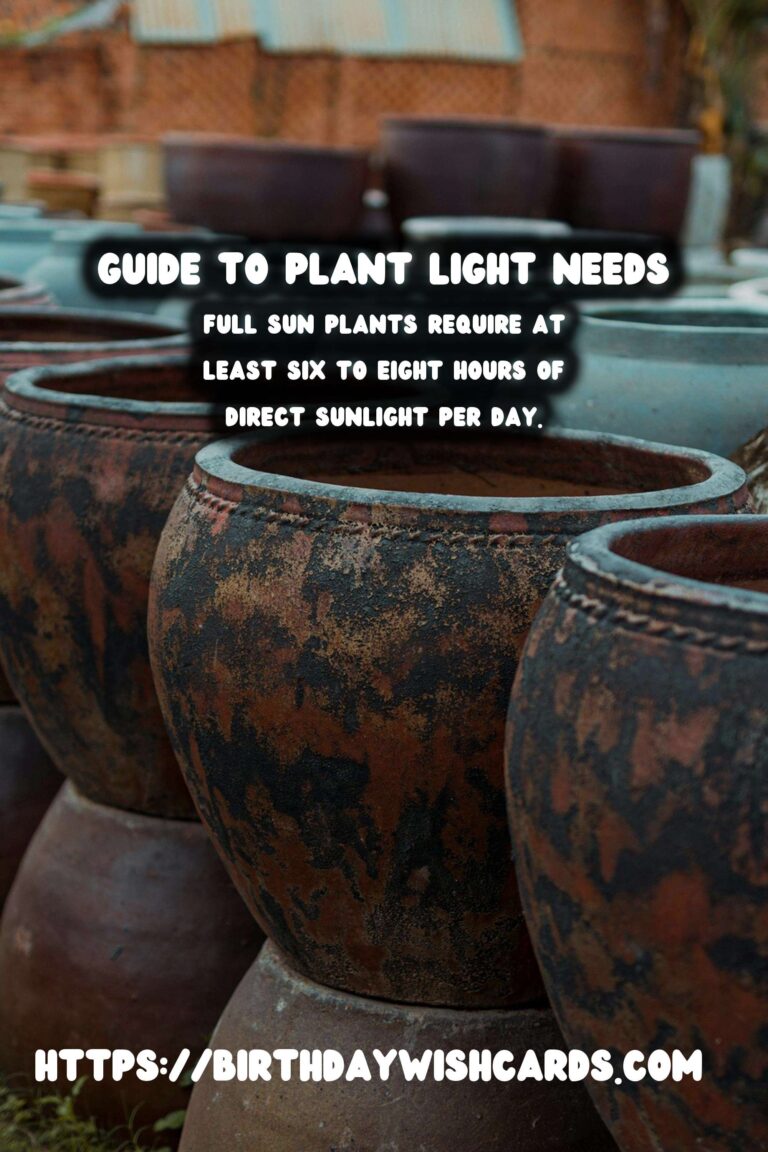
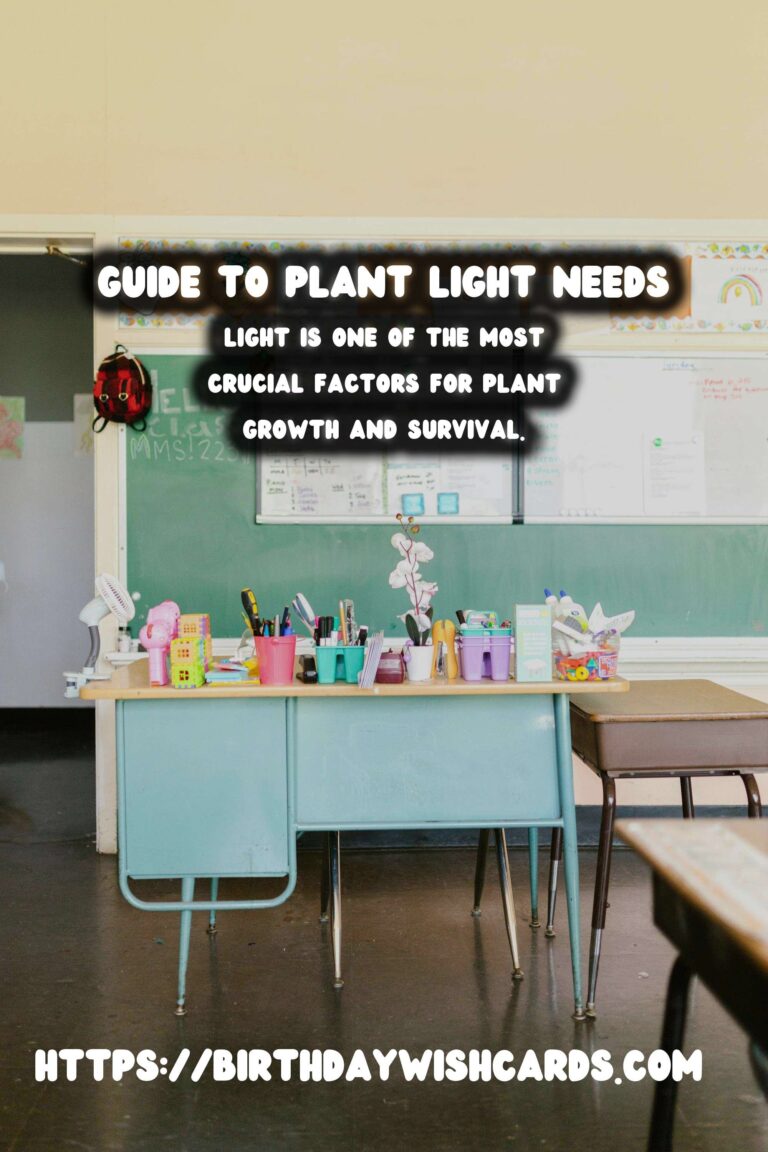
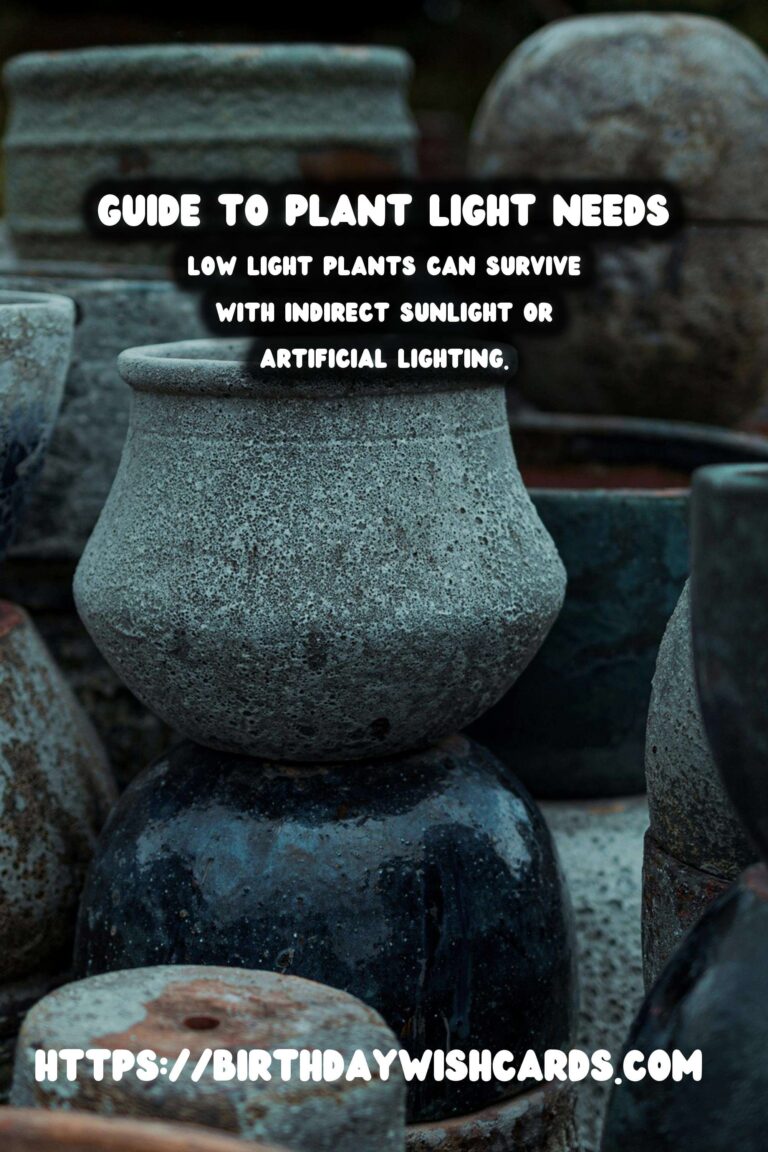
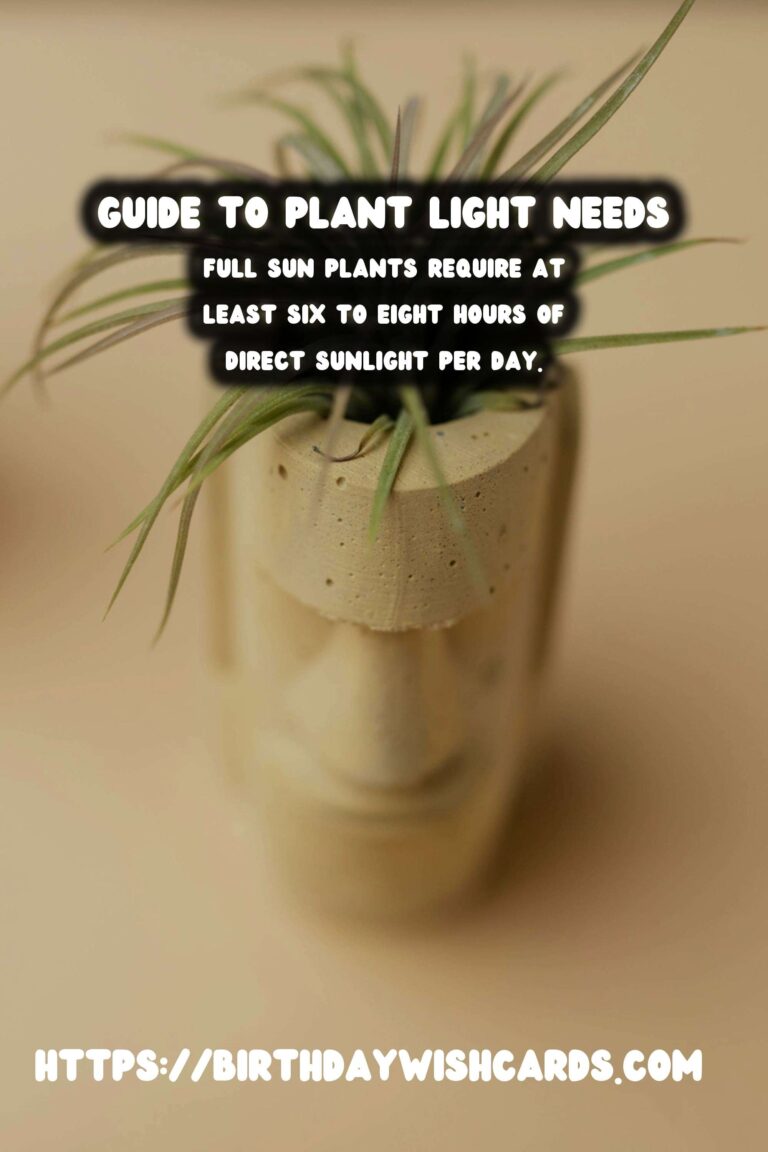
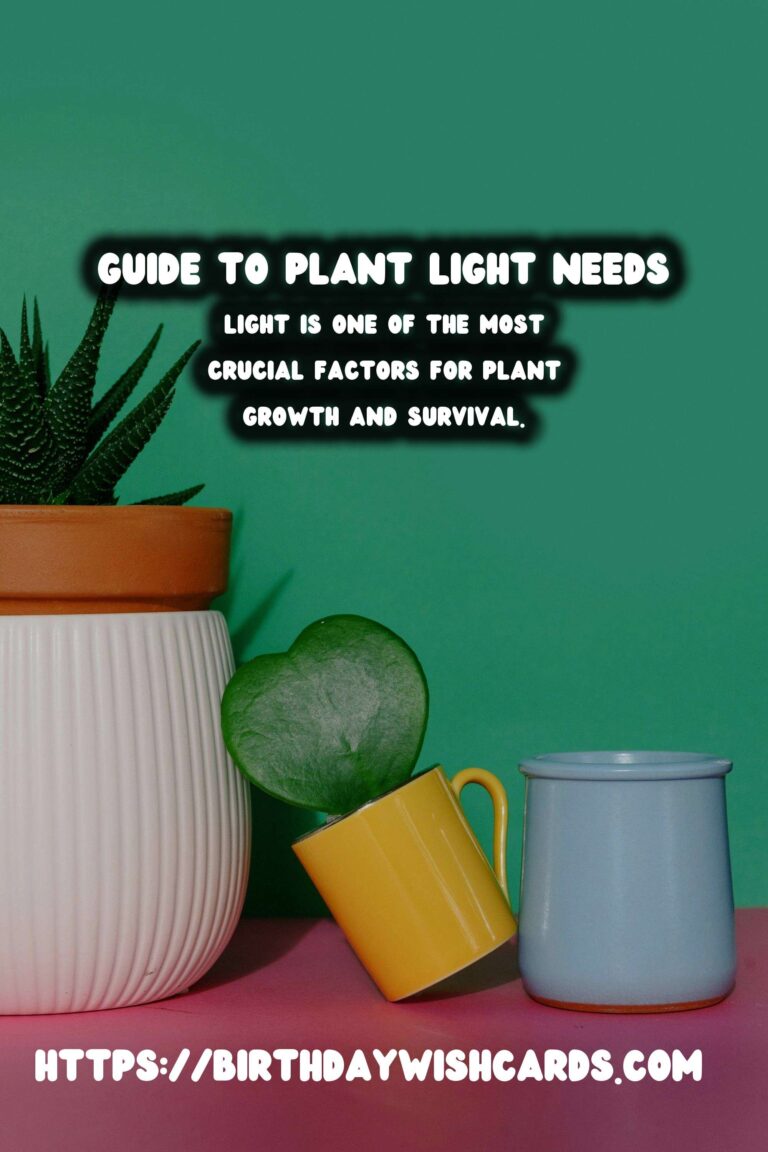
#PlantCare #GardeningTips #LightRequirements #IndoorPlants #OutdoorGardening




